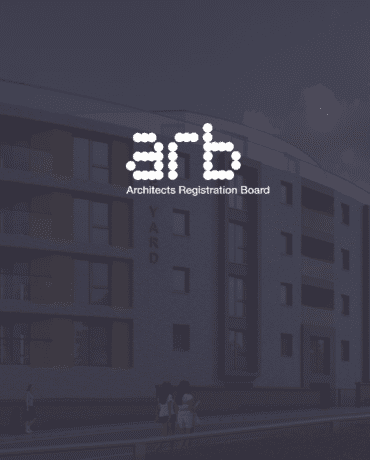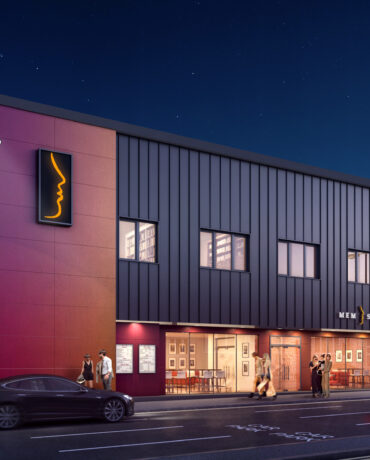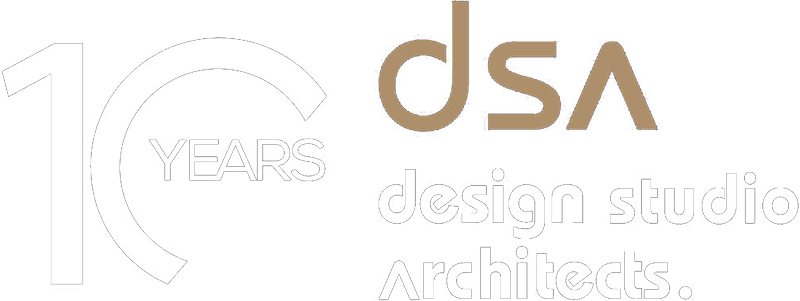Understanding the Importance of BAME Diversity in the Construction Industry.
October heralds Black History Month in the UK and to coincide with this DSA takes a look at the importance of diversity and inclusion in the construction industry.
Diverse representation matters. Not just across industry sectors but in wider society. With the UK more diverse than ever, it could be argued that industry has failed to represent a large portion of the population – especially when it comes to construction.
As recently as 2020, the construction industry was proportionally still dominated by white males. A report from the same year indicated that 14% of working-age individuals came from BAME backgrounds, and of that 14%, as little as 6% were employed in the construction industry.
Obstacles Faced by BAME Individuals in the Construction Sector
Perceptions of Those in Construction:
When many of us (let’s be honest here) think of construction workers, we picture a boys’ club of mostly white males, engaging in what most would consider “laddish” behaviour.
Whilst this can be problematic for many reasons, it directly affects those from BAME backgrounds from considering positions in the industry, as a lack of familiarity and cultural representation leads to unconscious discouragement.
Unconscious Bias and Favouritism in Recruitment:
A statement made by Baroness McGregor-Smith in 2017 quoted that “There is a structural, historical bias that favours certain individuals … organisations and individuals tend to hire in their own image, whether consciously or not”.
There is a strong degree of nepotism that is also synonymous with recruitment in the industry and this can lead to the exclusion of those without connections.
Racism Onsite:
Tying in with the cultural problem on construction sites, in a report by the CITB less than a decade ago, it was mentioned that of 500 surveyed UK workers 53% had heard racist language used on-site within the last 12 months, with 14% stating that they had heard it used on a weekly basis.
Many of those surveyed described the tonality as “banter” but 17% described the tone as patronising and 6% indicated that it was used as a direct insult.
Strategies for Increasing Representation in the Construction Workforce
There are positive steps that both the construction industry and individual employers can take to address issues in the sector and help promote a more inclusive and diverse working environment.
Education
Drawing the line between a lack of understanding, which is human nature for all of us, versus unacceptable behaviours is a must. Increasing cultural awareness to eradicate harmful “banters” and encouraging those from different backgrounds to engage in discussing their cultures and experiences leads to a better on-site experience and overall cohesion.
Equity in Recruitment and Employment
Understanding that equity and equality are not the same thing goes a long way to addressing this issue. Equal pay and opportunities for individuals looking to start a career in construction can help address concerns, whilst showcasing the industry to youth in educational environments can lead to a more diverse range of applicants.
Identifying Systemic Racism
As uncomfortable an issue as this is, the first step in dealing with it is admitting that there is one. Making clear and concise guidelines and policies on what is not acceptable in the industry and the workplace as well as educating peers and employers can help eradicate prejudice at all levels.
BAME Representation at Senior Levels
Promoting success stories and showcasing talent can lead to an influx of interest in pursuing a career in the construction industry. Having BAME representation in leadership roles can help inspire (especially youth) applicants to strive for achievement.
Clear Visibility and Visual Representation
Being inclusive in your company’s image and expanding this across industry communications can promote the idea of inclusivity and, as a result, increase interest from those with a BAME background within the construction sector.
The Future of BAME Diversity in Construction
Whilst the construction industry has a way to go, there is, thankfully, a growing recognition of the importance of inclusivity and the need for a diverse workforce in this sector.
One of the key trends driving change is a greater emphasis on diversity and inclusion within industry standards. Organizations such as the Construction Industry Training Board (CITB) can provide guidance and support. These evolving industry standards not only promote fairness and equality but also recognise the benefits that come with a diverse workforce.
Looking ahead, it is clear that BAME diversity will play an integral role in shaping the future of the construction industry. As more organisations prioritise inclusivity through their policies and practices, we can expect to see positive changes in workforce composition. This will not only create more opportunities for BAME individuals but also contribute to a more vibrant and dynamic construction sector overall.

Talk To An Expert
Contact UsSee More Recent Posts

What does it mean to be...
When you are looking to hire an architect, it’s important to check the Architects...

Types of Commercial Architecture
Commercial architecture is the design and construction of buildings intended for business or public...

Commercial Architectural Trends in 2024
Today’s office buildings, retail stores and hospitality settings are increasingly being designed with a...

